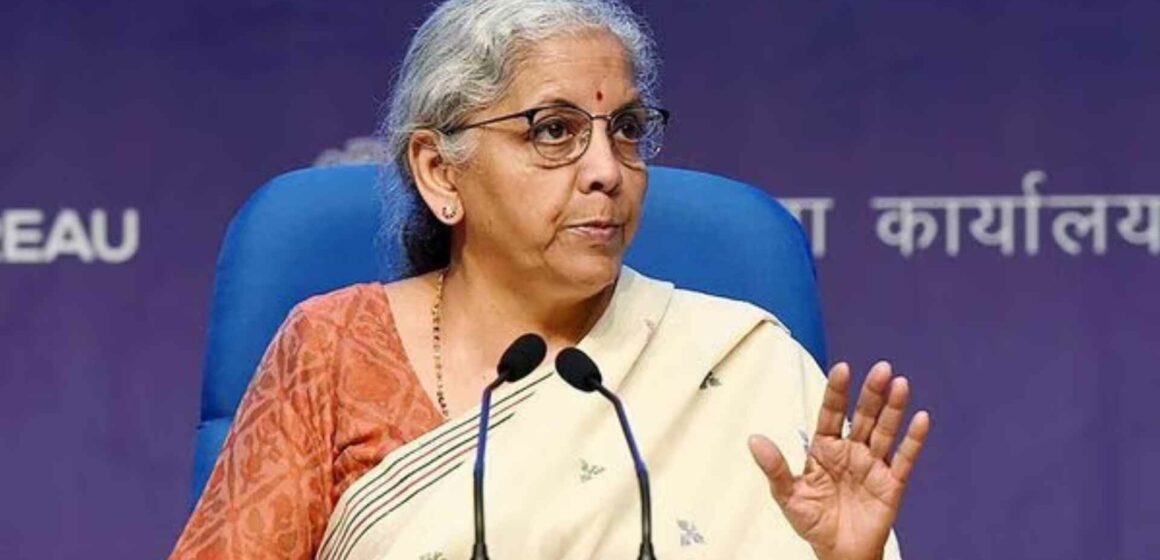As the presentation date for the Union Budget FY25 draws near, anticipation is high across India. Finance Minister Nirmala Sitharaman is expected to table the budget on July 23 or 24, though the government has yet to make an official announcement. This budget comes at a critical time, with the nation eagerly awaiting measures that will drive economic growth and stability.
Key Economic Priorities
The Union Budget is the government’s blueprint for fiscal policy and economic direction for the upcoming financial year. This year, several key areas are expected to receive significant focus:
Economic Growth and Recovery: In the wake of the COVID-19 pandemic, economic recovery remains a top priority. The budget is anticipated to introduce measures to boost economic activity, support small and medium enterprises (SMEs), and generate employment. Controlling inflation and ensuring economic stability are also expected to be major focuses.
Infrastructure Development: Infrastructure investment is likely to be a key theme. Enhanced spending on transportation networks, such as roads and railways, and urban development projects are anticipated to spur economic growth and improve connectivity. The proposed Rs 23,000 crore Bengaluru circular railway network is a notable example of potential infrastructure initiatives.
Healthcare and Public Health: With recent health issues, including dengue outbreaks in Bengaluru, and ongoing pandemic challenges, increased healthcare spending is essential. The budget is expected to allocate funds for improving healthcare infrastructure, supporting medical research, and bolstering vaccination programs.
Education and Digital Learning: The pandemic has underscored the need for robust educational infrastructure and digital learning tools. The budget may see increased allocations for education, particularly focusing on digital and remote learning solutions to address learning gaps and support the country’s youth.
Tax Reforms: Taxation policies will be closely watched. There are expectations for the rationalization of tax rates and simplification of tax compliance processes. Incentives for startups and businesses driving innovation may be introduced to foster an entrepreneurial ecosystem and boost economic activity.
Political Dynamics
The political landscape adds another layer of interest to the upcoming budget. The first session of the 18th Lok Sabha commenced on June 24, and Om Birla was re-elected as the Lok Sabha Speaker on June 26 through a voice vote, defeating the INDIA bloc’s candidate, Congress’ Kodikunnil Suresh.
The Monsoon Session of Parliament is expected to start on July 22, coinciding with the budget presentation. This session, likely to continue until August 9, will provide a platform for extensive debates and discussions on the budget proposals.
Industry and Economic Insights
Industry leaders and economists are eagerly awaiting the budget, hoping for policies that enhance the ease of doing business, attract foreign investments, and support the manufacturing sector under the “Make in India” initiative.
Economists are advocating for a balanced approach that addresses immediate economic challenges while laying the groundwork for sustainable long-term growth. The government’s fiscal prudence and economic stability measures will be closely monitored.
Public Expectations
Public sentiment is a mix of hope and caution. People are looking forward to relief measures in healthcare, education, and employment. The middle class, in particular, expects tax reliefs and policies that increase disposable income, which could boost consumption and spur economic growth.
As the Union Budget FY25 presentation date approaches, anticipation and excitement are building across the nation. The government’s fiscal roadmap will be crucial in addressing economic challenges and leveraging opportunities for growth. With Finance Minister Nirmala Sitharaman leading the way, there is hope for a budget that caters to the diverse needs of the nation and sets the stage for a prosperous future.

